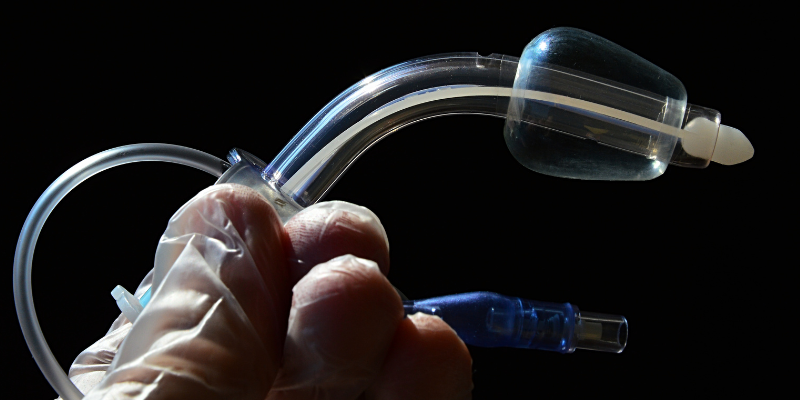
As a trusted home medical equipment and services provider, we understand the challenges and complexities that patients and caregivers face. One of the most critical aspects of caring for patients with tracheostomy tubes is the regular changing of the tubes. It requires specialized knowledge and expertise, and it's essential to ensure that it's done correctly to avoid complications and ensure patient safety. Today, join us as we share our insights and recommendations for tracheostomy tube changes. Whether you're a patient, caregiver, or healthcare professional, this information will be helpful in ensuring safe and effective care. Let's get started!
Understanding the Tracheostomy
If you're responsible for caring for someone with a tracheostomy tube, hopefully, you've received some training from your healthcare provider. But, if you still need to get to that point, let's review: A tracheostomy is a surgical procedure performed for a patient with difficulty breathing. It involves creating an opening in the front of the neck and inserting a (tracheostomy) tube directly into the windpipe to help a patient breathe.
Importance of Safety
Safety is of the utmost importance when caring for someone with a tracheostomy tube. This may include proper hand hygiene, sterile techniques, readily available emergency equipment, and having a designated and trained personnel perform the tube change. Patients can avoid potentially life-threatening complications and ensure successful outcomes by prioritizing safety during tracheostomy tube changes. Therefore, we highly encourage that you have proper communication with your healthcare provider when prepping for a tracheostomy tube change.
Best Practices
When it comes to changing a tracheostomy tube, there are several best practices to follow to ensure safety and success. These include assessing the person's airway and condition prior to the tube change, prepping the patient with oxygen and suction, and having a trained caregiver perform the procedure using a sterile technique. It's also essential to have the necessary equipment and supplies on hand, such as a spare tube of the appropriate size and a resuscitation bag in case of emergency. Additionally, it's important to monitor the patient closely after the tube change for any signs of complications, such as bleeding or airway obstruction.
--
By following these practices and safety preparations, caregivers can ensure a safe and successful tracheostomy tube change for their cared ones. For any questions, feel free to contact your friends at Life Tech!
May 19, 2023 by Life Tech
As a trusted home medical equipment and services provider, we understand the challenges and complexities that patients and caregivers face. One of the most critical aspects of caring for patients with tracheostomy tubes is the regular changing of the tubes....